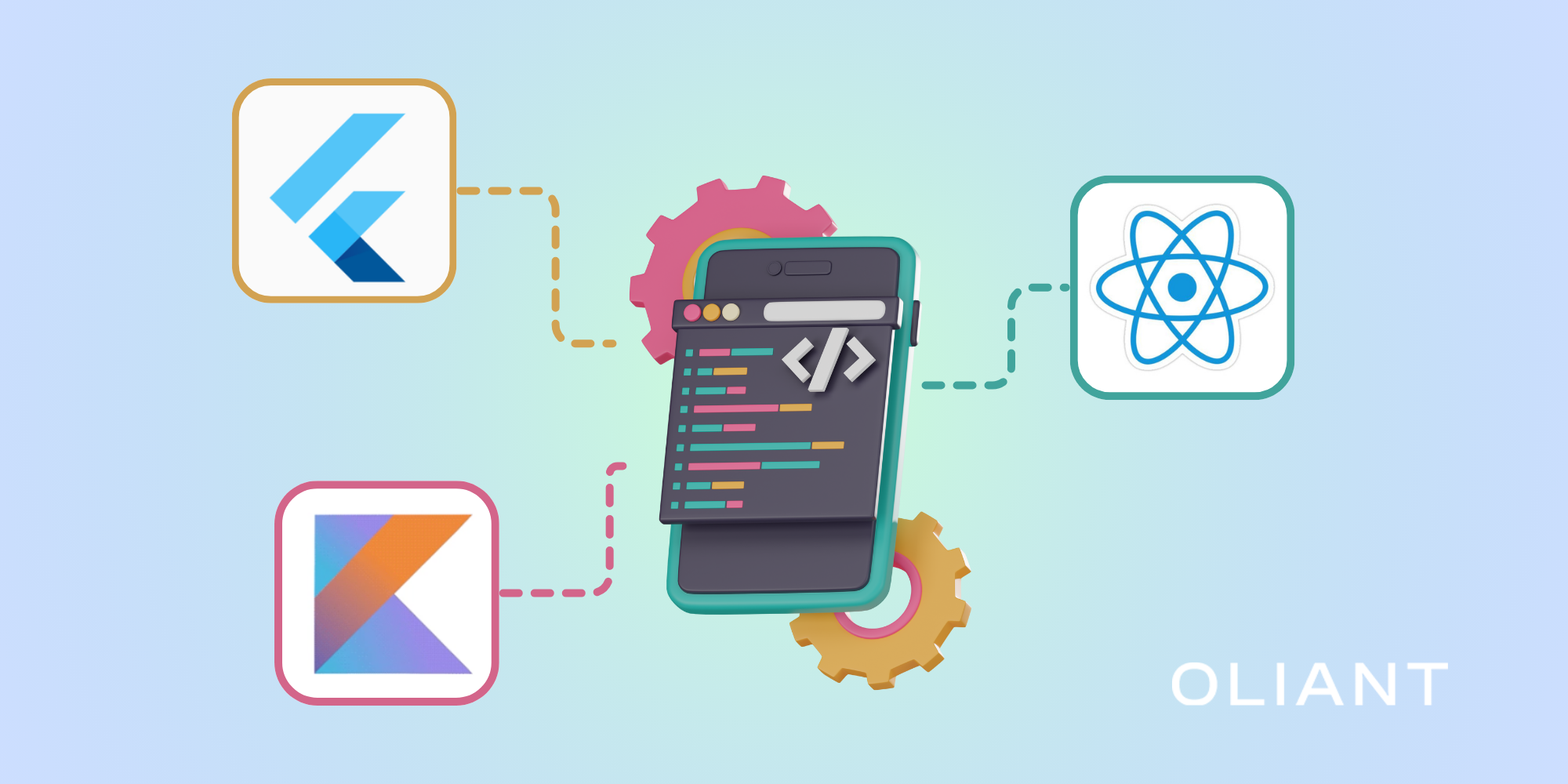It’s fair to say that the field and practice of web development have come a very long way since its inception. Modern web design and programming languages have evolved into tools that are far more complex, versatile, and engaging, catering to diverse audiences globally.
Gone are the days of flat-text, static websites. They’ve been replaced by dynamic, interactive sites that can do just about anything — automatic updates, animated menus, eCommerce, and more. Everyone uses the internet, and everyone expects to be able to find their favorite tools, businesses, and happenings online.
And with the right web development skills, there is next to nothing that your in-house or outsorced developers can’t create.
But just what programming languages do your developers need to know to create modern, dynamic, functional, and engaging websites and web products — ones that will, in fact, make you and your business shine?
Let’s take a look at the best 5 programming languages for attractive and useful websites, web pages, and web apps. The ones that made their mark through 2024 and that are here to stay for 2025.
PHP
PHP stands for Hypertext Preprocessor and is a scripting language used on the backend (server-side) for delivering simple, dynamic websites and web applications. Many of the most popular website frameworks, such as Wikipedia, Etsy, Pfizer, Drupal, WordPress, and even Facebook, use PHP.
First created in 1994, PHP still boasts an impressive number of large number of third-party extensions, such as .NET, Apache, and MySQL. This support makes it possible to use PHP as a bridge between websites and other services. PHP can also communicate with other services, such as LDAP, IMAP, SNMP, NNTP, POP3, HTTP, and COM (on Windows).
The latest PHP version (PHP 8) is also very secure and fast, so it is a highly beneficial programming language for enterprise businesses. And because PHP is both open source and free, it is readily available for any would-be web developer to start using.
Of course, experienced developers tap into this resource, too. PHP is also relatively easy to start using, which makes it a great second step up from HTML/CSS. And with plenty of simple documentation, your developers should be able to get up and running with PHP in no time.
Advantages of PHP
- Easy to learn and use, with a clear syntax
- Widely supported, with a large and active community
- Integration with HTML for seamless web development
- Good for prototyping and development speed
- Dynamic typing can lead to more flexible and adaptable code
- Able to output images, PDF files, text, and animations, generated immediately
Disadvantages of PHP
- Security vulnerabilities, such as SQL injection and cross-site scripting (XSS)
- Performance limitations compared to other languages, such as Node.js
- Inconsistent error handling and debugging support
- Lack of standardization across different implementations, leading to compatibility issues
- Can result in slower performance for large or complex applications
Python
Python is currently one of the easiest programming languages to learn, which has widely contributed to its popularity. It’s wide community support and web development frameworks such as Django and Flask have also made it an all-time favorite.
One of the most important aspects of Python is that it offers dynamic typing capabilities, which allows developers to create large and complex websites far easier than it is with static typing languages.
Thanks to its support from Microsoft and its extensive suite of tools, nowadays, Python isn't just used for web development — it is also applied to a wide range of software development projects. One of its main strengths is in the data science and analysis sphere, but it has applications to numerous projects.
Python currently allows for pretty seamless Artificial Intelligence (AI) and Machine Learning (ML) website integration, which opens the door to a variety of advantages. With this, you can better understand customer behavior and even build systems that learn to monitor and understand customer conversations related to a product. As you can imagine, this makes it an excellent tool for ramping up your appeal as a business.
Because Python is adept at backend web development, it is used for several massive services, such as Spotify, Netflix, Intel, YouTube, NASA, and Instagram.
Advantages of Python
- Easy to learn and use, with a clear syntax
- Large and active community, providing extensive libraries and support
- Great for prototyping and development speed
- Wide range of applications, including scientific computing, data analysis, and web development
- Highly readable and maintainable code
Disadvantages of Python
- Performance limitations compared to lower-level languages, such as C++
- Dynamic typing can lead to runtime errors, making debugging more difficult
- May not be suitable for memory-intensive tasks or systems with high-performance requirements
- Can be slower than other languages in certain cases, such as for large data sets
- Can be less efficient than other languages for certain tasks
JavaScript
You will find JavaScript in practically any experienced web developer’s toolkit, thanks to its many attributes and the ways in which it augments websites and web apps.
Where HTML is great at creating basic, static, flat web pages, JavaScript shines at making them modern, flashy, and interactive. You can create a basic menu on a website with HTML and CSS. With JavaScript, however, you can animate that menu and make it easier for users to navigate. JavaScript isn’t just about making things pretty, but also making them highly functional.
For web developers, some JavaScript frameworks have also become a key tool within their projects. Some of the most popular ones include React, Angular, and Vue.js.
One important aspect of JavaScript is that it serves both the server and client sides (back end and front end). On the front end, JavaScript creates those interactive elements for website navigation and other modern features. On the back end, JavaScript includes a number of libraries and frameworks that can enable your developers to create any number of functionalities, such as web applications and mobile applications.
JavaScript can also enable your developers to create web servers, presentations, games, smartwatch apps, and even software for quadcopters.
Advantages of JavaScript
- Dynamic and versatile, allowing for a wide range of applications
- Client-side execution for faster page rendering and improved user experience
- Widely supported, with a large and active community
- Integration with HTML and CSS for seamless web development
- Interactivity, enabling a wide range of dynamic user interface elements
Disadvantages of JavaScript
- Inconsistent browser support and compatibility issues
- Lack of standardization across different implementations, leading to compatibility issues
- Weak typing can lead to unexpected behavior, making debugging more difficult
- Security vulnerabilities, such as cross-site scripting (XSS) and cross-site request forgery (CSRF)
- Can be less performant than other languages, particularly for large or complex applications
- Hard learning curve for new web developers
[Also check: JavaScript Trends and Predictions for 2025]
Ruby
Although it has been loosing its popularity in the last few years, Ruby still holds its place as a strong contender in web development.
Ruby is a general purpose, user-friendly, open-source, flexible, interpreted, easy to learn, robust, dynamically typed, object-oriented, versatile, intuitive, and can be applied to numerous web products, from websites to web apps to and more. For many, it has come to be better known for its associated framework, Ruby on Rails, which is particularly popular with startups and for rapid prototyping.
The scripting language is used in both front-end and back-end web development. Ruby has other applications aside from web development — data processing and DevOps, to name just a few — but this is by far its most popular use.
Its high-level syntax makes it particularly easy to use, given that that language is very similar to English. It is often compared to the syntax of programming languages like C++, Perl and Python.
Advantages of Ruby
- Dynamic and expressive, making it well-suited for prototyping and rapid development
- Easy to learn and use, with a clear syntax
- Large and established community, providing extensive libraries and support
- Good for rapid development, with a focus on readability and maintainability
- Dynamic typing can lead to more flexible and adaptable code
Disadvantages of Ruby
- Slower performance compared to other languages, such as C++ and Go
- Limited support for concurrency and parallelism
- Inconsistent error handling and debugging support
- Can be less performant than other languages, particularly for large or complex applications
- Can be less secure than statically typed languages, such as Java or Go
C#
C# is an object-oriented programming language created by Microsoft primarily for the .NET framework and Windows applications. However, it has expanded its reach and is now utilized for Android, iOS, and Linux platforms as well. It is particularly acclaimed for its proficiency in game and mobile application development.
Since C# operates on the .NET framework’s CLR, it can easily provide essential services like garbage collection, exception handling, and resource management, which is great for reducing memory leaks and similar issues.
The language integrates querying capabilities directly into its syntax, enabling efficient data manipulation and retrieval. With its strong typing and static binding, it also excels at catching errors at compile-time for improved code reliability and performance.
For many web developers, C# has become their go-to choice for building enterprise-level applications, APIs, and web services. However, some see C# as more niche compared to languages like JavaScript or Python, largely due to its association with Microsoft and the need for specific infrastructure.
Advantages of C#
- Rich standard library and powerful integrated development environments
- Strong security features
- High performance due to Intermediate language (IL) and Just-In-Time (JIT) compilation
- Highly adaptable
- Vast array of available libraries and frameworks
- Includes features such as LINQ and async/await, which boosts developer productivity
Disadvantages of C#
- Difficulties with cross-platform development
- High memory overhead compared to lower-level languages, can become an issue with resource-intensive applications
- Advanced features create a steep learning curve
- Performance overhead compared to native code languages like C++, impacting the efficiency of high-performance applications.
- Large deployment sizes, which can affect deployment and distribution logistics
Conclusion
Although there are many other web development languages available, we believe that these five are key for anyone looking to create a strong base for their project.
It’s important to keep in mind, however, that the best programming languages for one web application aren’t necessarily the right ones for another. As with anything in the tech industry, what’s useful and popular today could easily be left behind as web applications continue to evolve.
Ultimately, it will be up to you to select the best tools, languages, and frameworks for your project. Each one has its strengths, weaknesses and ideal use cases, which is why it’s vital to always keep in mind your own goals, scalability needs, and team expertise to choose wisely.
Whichever programming language you choose, you will need the help of an experienced development team. At Oliant we can provide you with the people and tools, covering several programming languages and no-code solutions to make your project a reality.

.png)



















.png)





.png)













.avif)










.avif)
